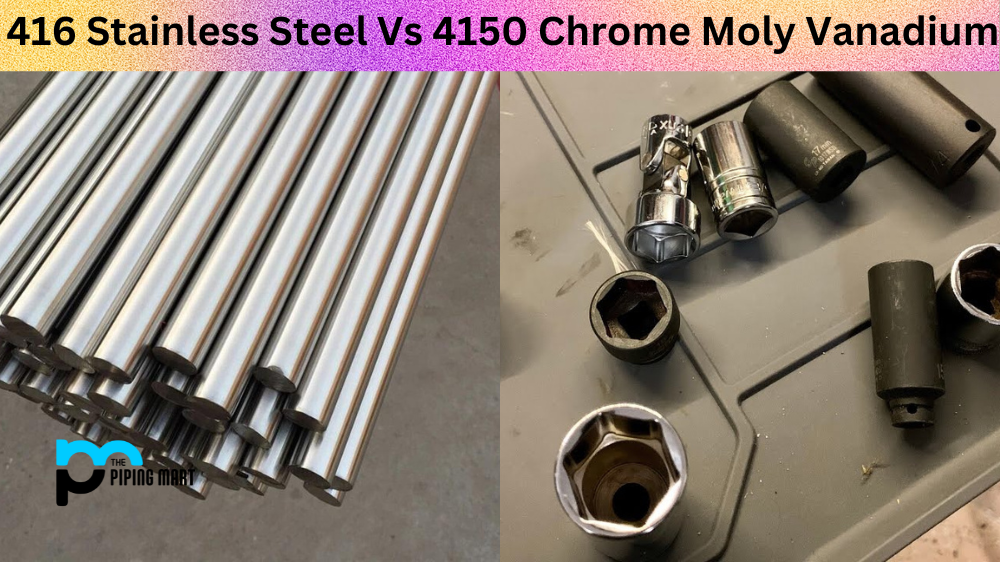Copper wire is a common material used in electrical wiring, and its current carrying capacity is an important factor when calculating the size of wire needed for a given application. This article will explain the current carrying capacity of copper wire per square millimeter and how to calculate it.
Current Carrying Capacity Explained
The current carrying capacity of copper wire refers to the amount of electric current the wire can safely carry without overheating or damaging other components. The higher the number, the more electricity can flow through the wire without causing any damage. The current carrying capacity of a particular type of copper wire can be calculated using Ohm’s Law, which states that voltage (V) equals current (I) multiplied by resistance (R). The resistance (R) is determined by dividing the length (L) of the copper wire by its cross-sectional area (A), or R = L/A. This means that if you know the length and cross-sectional area of your copper wire, you can calculate its resistance and then use Ohm’s Law to determine its current carrying capacity.
In general, larger wires with larger cross-sectional areas have higher current carrying capacities than smaller wires with smaller cross-sectional areas. For example, a 16 AWG copper wire has a cross-sectional area of 1.3 mm2 while a 10 AWG copper wire has a cross-sectional area of 5.3 mm2; this means that the 10 AWG copper wire will have a much higher current carrying capacity than the 16 AWG copper wire. This also means that when selecting a type of copper wire for an application, it is important to consider its length and cross-sectional area to ensure that it meets your needs in terms of power delivery.
Conclusion
Copper wires are essential in many electrical applications due to their high conductivity and low cost. Knowing their current carrying capacity per square millimeter is essential for selecting the right type for your application; larger wires with larger cross-sectional areas generally have higher currents carrying capacities than smaller ones with smaller cross-sectional areas. By calculating this value using Ohm’s Law, you can ensure that your application is powered safely and efficiently with minimal risk of damage or failure due to improper sizing or selection of your chosen type of copper wiring.
Sakshee is a talented blogger, with a particular focus on the Business and Metal Industry. She is passionate about sharing her insights on various metal products and helping professionals to make a better decisions.




